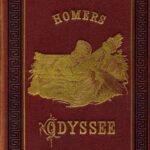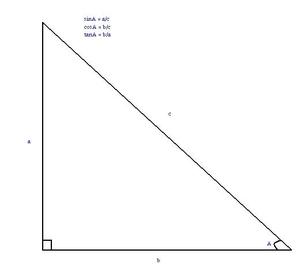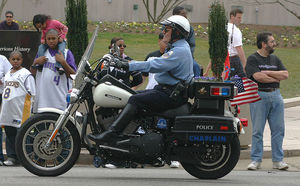As a professional baseball instructor and coach, I have seen what it takes to be successful at all levels of baseball. For the purposes of this article, I am going to focus on those just starting to play the game. Some of my fondest memories with my son took place in t-ball and I want you to have the same positive experience that I did. The following are some core principles to get your son or daughter started off on the right foot.
First off, you must have the right attitude about t-ball. Million dollar contracts are not won or lost on the field at 7 years of age. Make the game a fun and special time for your kids. Lavish them with praise for even the smallest successes and never forget the concession stand treat after the game. A competitive attitude can be nourished over the years to come and should not be the focus when starting. Help your kids develop a love for the game and watch it blossom as they age.
With that out of the way, the first critical piece of hitting in t-ball is alignment. For much of the first season, you may have to physically move them to the right place. Don’t make the mistake of having your kids stretch out the bat and line up the tee between their legs. The stem of the tee must be placed even with the front foot for best results. The way I like to teach this is to have the child walk up to the tee with the bat in their bottom hand (left hand for right handed hitters), put the front foot (closest to the pitcher) even with the stem of the tee and have them touch the base of the tee with the end of the bat. This gives them a repeatable setup regardless of how the lines may be drawn for the batter’s box.
After aligning correctly, the next crucial part of hitting is keeping your eye on the ball. This sounds like basic enough advice, but I like to take it a step further. Rather than telling your child to look at the ball, have them focus on a small part of the ball. I like to point out a specific seam to aim for. Oftentimes the lettering on a ball is a good target. Some coaches even put a dot on the ball. Whatever your method, finding a small spot to watch will raise the level of focus and achieve greater results.
From a mechanical perspective, there are only 2 things that I focus on at the t-ball age. They are getting the hands back and turning the hips. Don’t let the weight of the bat allow your child to drop their hands down or lay the bat on their shoulder. Make sure their hands are back at least to the back shoulder with the bat just over the head. I like to call this the punching position. You can illustrate this by having your child drop the bat and act like they are going to hit something. Stop them just before they move forward to punch. The location of the hand at this position is a good starting place for the swing. Starting with the hands back is critical to creating enough momentum to hit the ball hard in t-ball.
Secondly, you have to get your child to turn their hips. With little upper body strength, your child will struggle to create any momentum with their arms alone. The best drill to practice this is by putting a bat behind the back resting between the elbows. From there, assume a normal hitting stance and have them pretend to hit a ball by turning the bat with their elbows. The result should be the appropriate turning of the hips. One thing to watch for is whether the back foot is turning. Many coaches call this “squashing the bug.” I would like to stress that at this age many kids are capable of turning their hips without turning their back foot. However, turning the back foot should be encouraged as to create good habits.
Once these things are in place, just tell them to swing hard. My motto has always been “swing hard just in case you hit it.” There is one more important thing to note. Make sure you do not purchase a bat that is too heavy. For first year t-ball the lightest 25 inch bat you can find is probably the best option. Some second year players are capable of a larger bat, but I would strongly discourage the use of big barrel bats at this age. They create unnecessary weight that will lead to an uppercut. Believe me additional half inch of barrel diameter is not worth the tradeoff.
With those things in place, you should have a great foundation on which to build. Remember to have fun and be an encouragement. This is a great time in their lives and will be gone before you know it!





